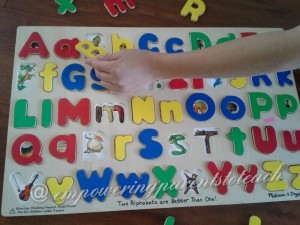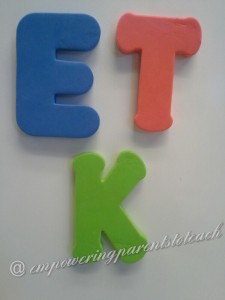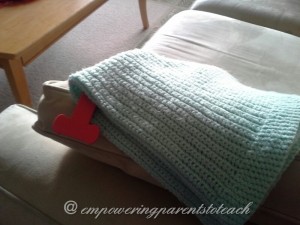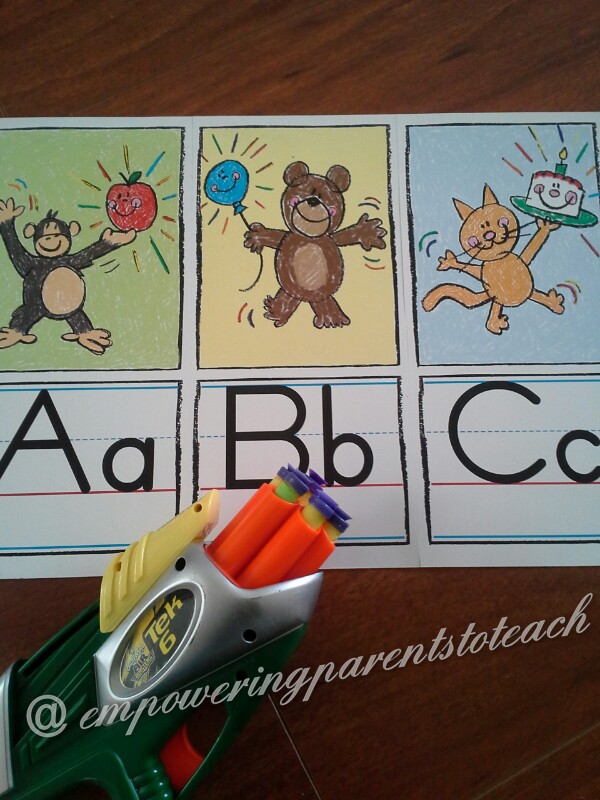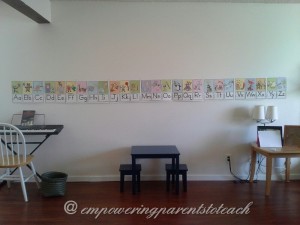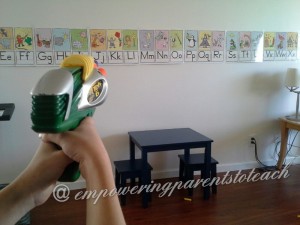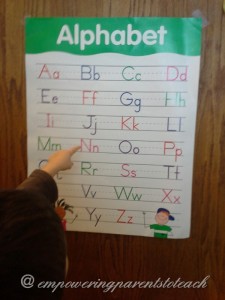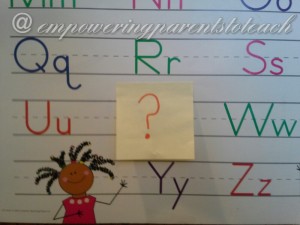There is one thing that binds all of us parents together. We have this crazy awesome love for our children that creates a strong to desire to be the best parents we can be. We seek information on child development, education, nutrition, vaccines, and on and on. It’s natural; we love our children and we want to do all we can for them. We want to make EDUCATED DECISIONS for our families.
I designed Empowering Parents to Teach to help educate parents. As a trained teacher and stay at home mom, I have immersed myself in the development of children. Whether you are looking for ways to enrich your toddler’s day, gather home school ideas, supplement your child’s public or private education, support emotional development, or bond with your baby, you may find this website helpful.
It is important to understand the underlying philosophy of Empowering Parents to Teach. I believe that as parents we can guide our children. Control is a fallacy. We cannot control our children. Our job is to lovingly guide them into independence.
Academic learning does not occur in a vacuum. There are numerous emotional and social aspects that go into it. First and foremost, we must nurture our emotional connection with our children. It provides the security that all development will depend on- emotional, social, and academic. Through brain imaging you can clearly see abnormal brain development in children who have suffered extreme neglect. How we treat our children matters and it is fundamental to healthy brain development and learning. We may not be able to control our children, but we have some control over certain environmental factors that impact our children’s development- such as nutrition, exposure to stress, parental treatment, etc.
Knowing this, it allows us to operate from a framework of love and respect. The essential bond with us allows our children to fully trust us as their guide in life. From this starting point, we can help nurture all kinds of learning. We teach our children so they can understand the world around them, formulate their own ideas, and make educated decisions. It’s not for grades or impressing others. We teach and guide out of love, so they can develop into the individual that is uniquely them!
When you see posts on activities that you can do with your child, I will always explain the rationale behind them so that all parents can understand WHY I am doing what I do. That way, I’m not just sharing one activity, rather I am providing tools so that you can create your own too! I will help you train your eye to see learning in everything. It’s like the Chinese Proverb, “Give a man a fish and he eats for a day. Teach a man to fish and he eats for a lifetime.” I want to teach you how to fish.
We are guardrails and gardeners. Let them follow their path. Guard them from danger, plant the seeds of learning, water when necessary, and watch them flourish!
~Sheana


